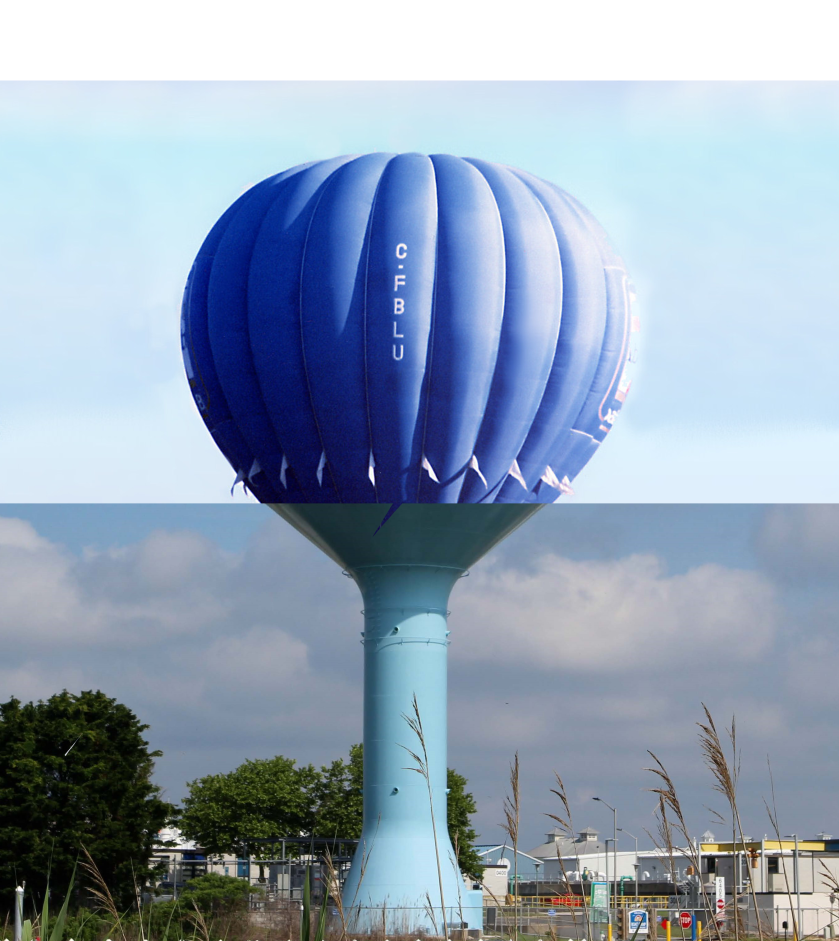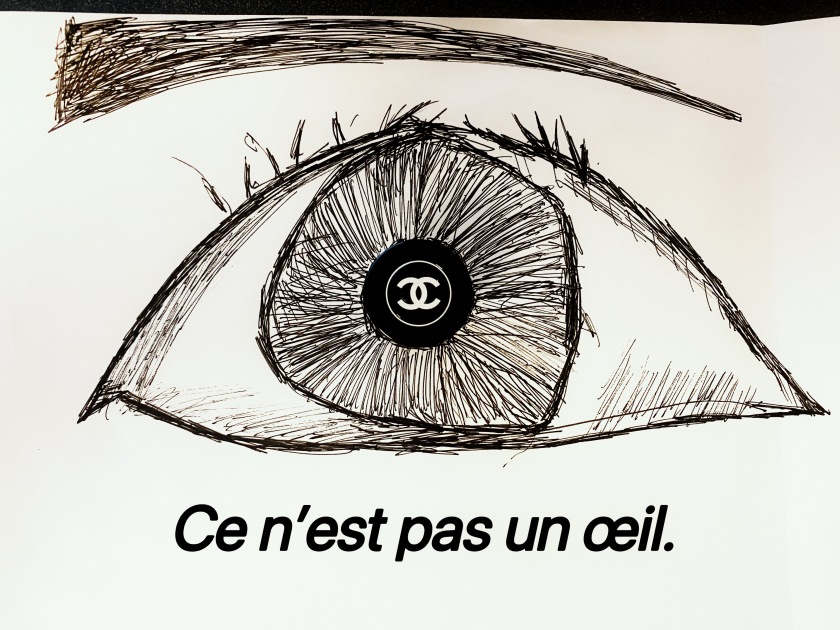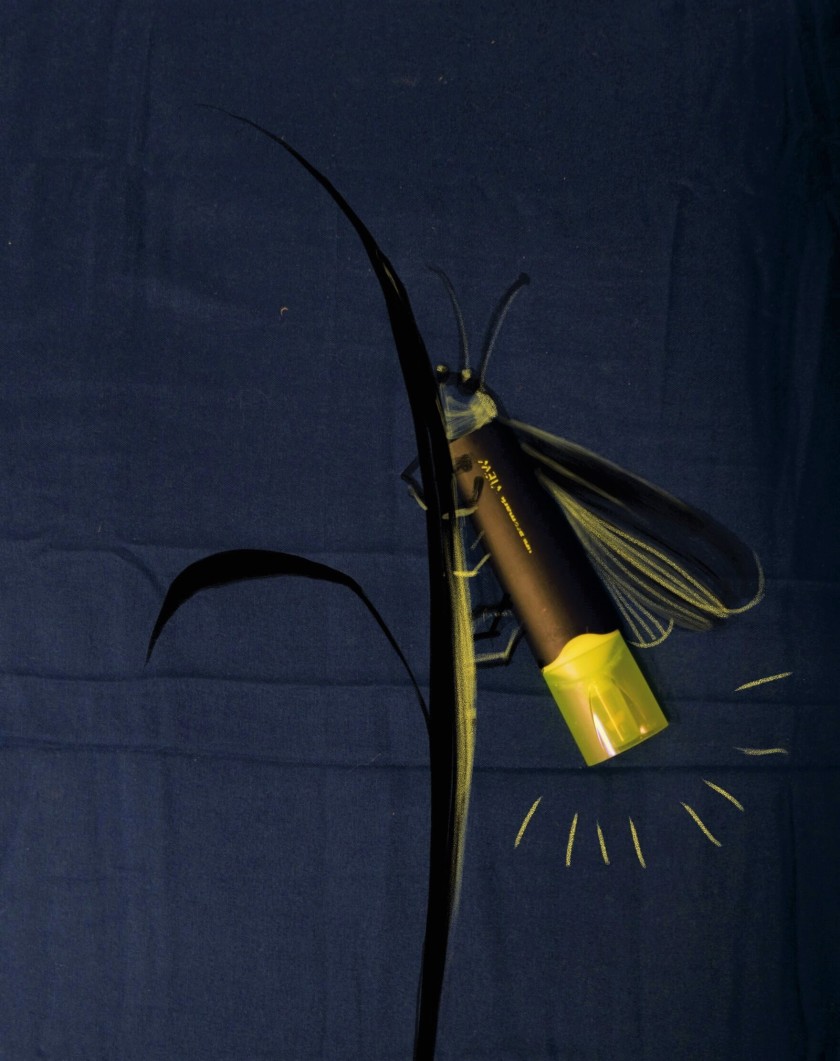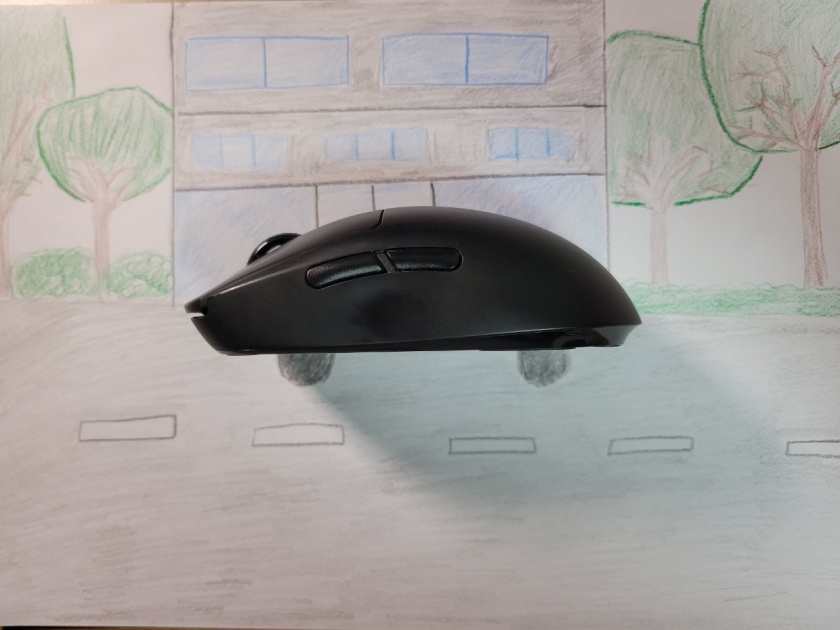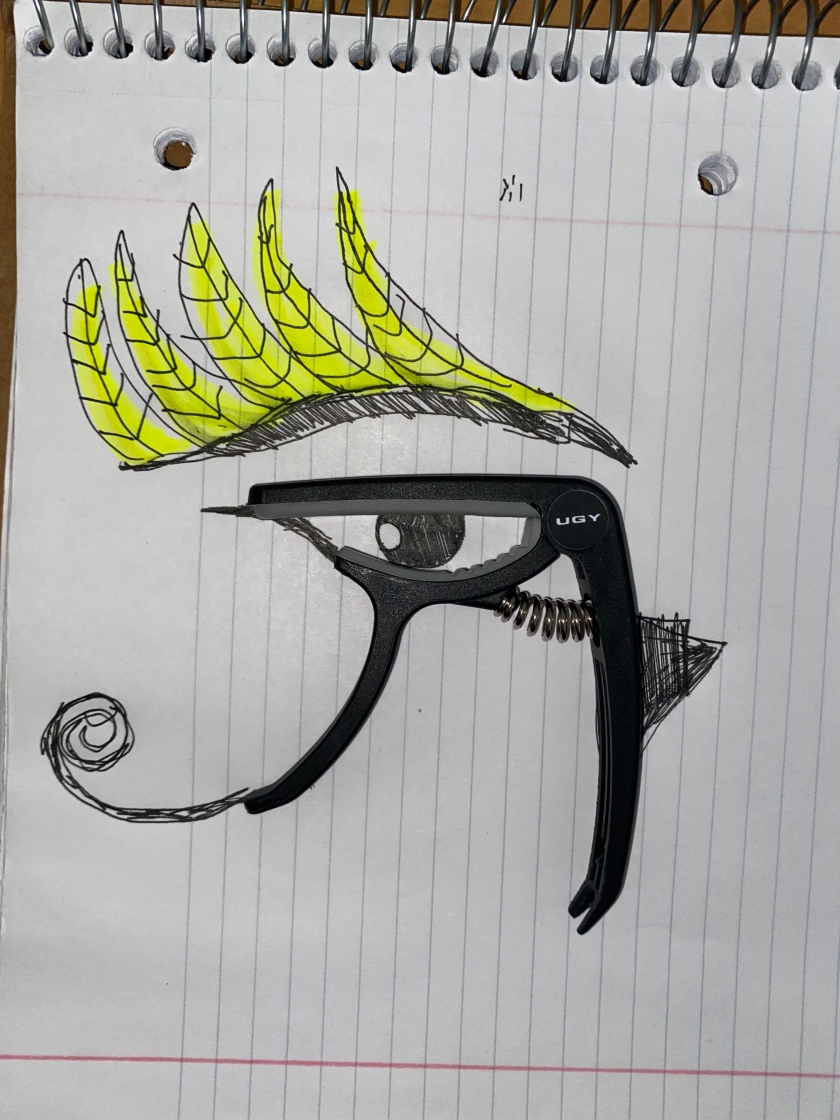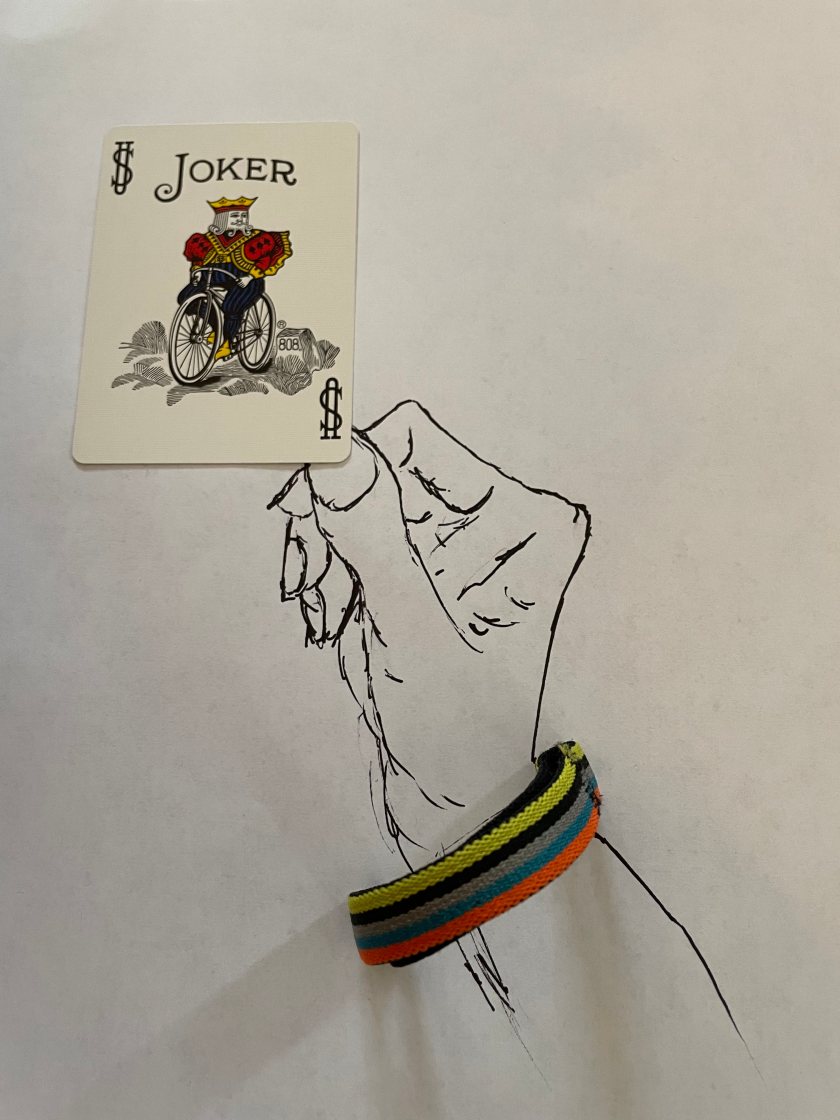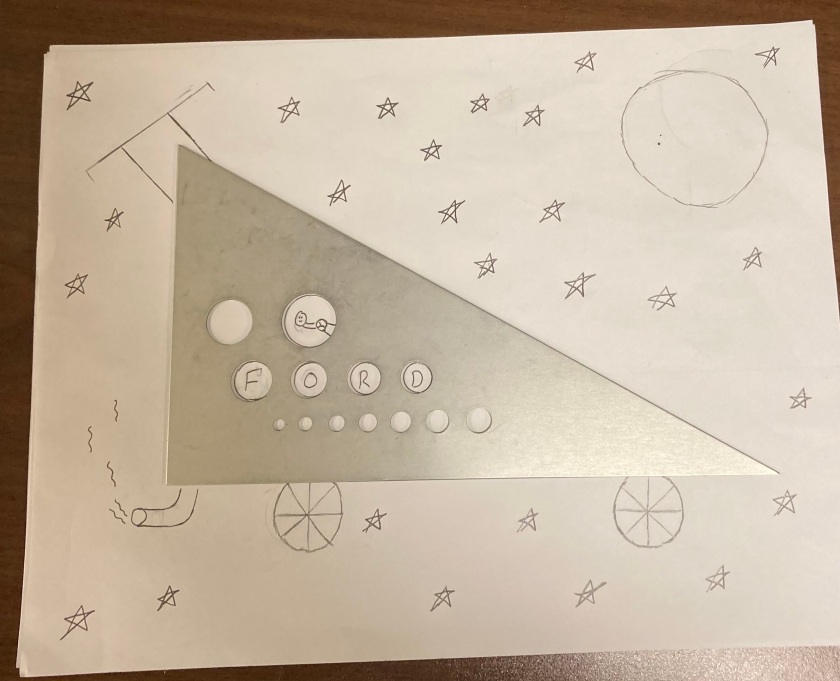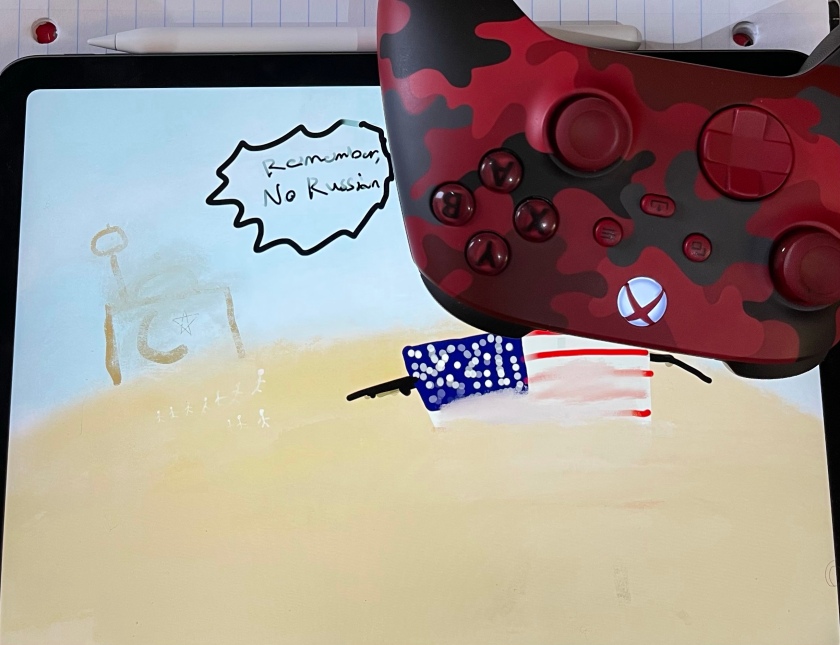I hope that those of you who are traveling to return to campus are doing so safely and without too much tumult and stress. I look forward to seeing you all in person on Tuesday for our next class.
We’ll meet in the Callaway Building room S103 (here’s a link to that building on the official Emory map and here’s a link to that building on Google maps). Note that the Callaway Building is kind of confusing — it used to be two different buildings that were combined together and that history lives on in the room numbering. The S in the room number means it’s on the south side of the building so our classroom is in the section of the building that is located right along the quad, not on the side of the building that is closer to the Modern Languages building, Tarbutton Hall, and beyond those over to Woodruff gym (rooms on that side of the building are marked with N for north).
In the meantime, you should be creating your visual notes for sketch 3 this weekend. We’ll talk a bit about the upcoming combophoto assignment in class this week.
For Tuesday, you have a short chunk of Stitches to read. We’ll spend a lot of class on Tuesday discussing Hillary Chute’s chapter “Comics for Grown-Ups.” Chute is probably the foremost academic authority on comics these days — she’s the Distinguished Professor of English and Art + Design at Northeastern University in Boston and has published six volumes of criticism on comics as a medium. The first twenty pages of her article provide a very useful overview of the history of comics with lots of useful information in it. But in class on Tuesday, we’ll focus most of our attention on the last 10 pages of the essay, the section called “Reading Comics,” which provides us key terms and a theoretical framework for understanding how comics works and how to read and analyze them.
We’ll spend most of Thursday diving back into Stitches. Scott McCloud’s Making Comics should be really useful for you as you begin to think about revising your literacy narratives into comics literacy narratives. We’ll spend a bit of time talking about it, especially paying attention to the 5 aspects needed for clarity in your writing, but mostly I see that chapter as a resource for you as you go about designing your own comics that doesn’t really need to be unpacked in class discussion. If you have questions about the text, then please do raise them though.







